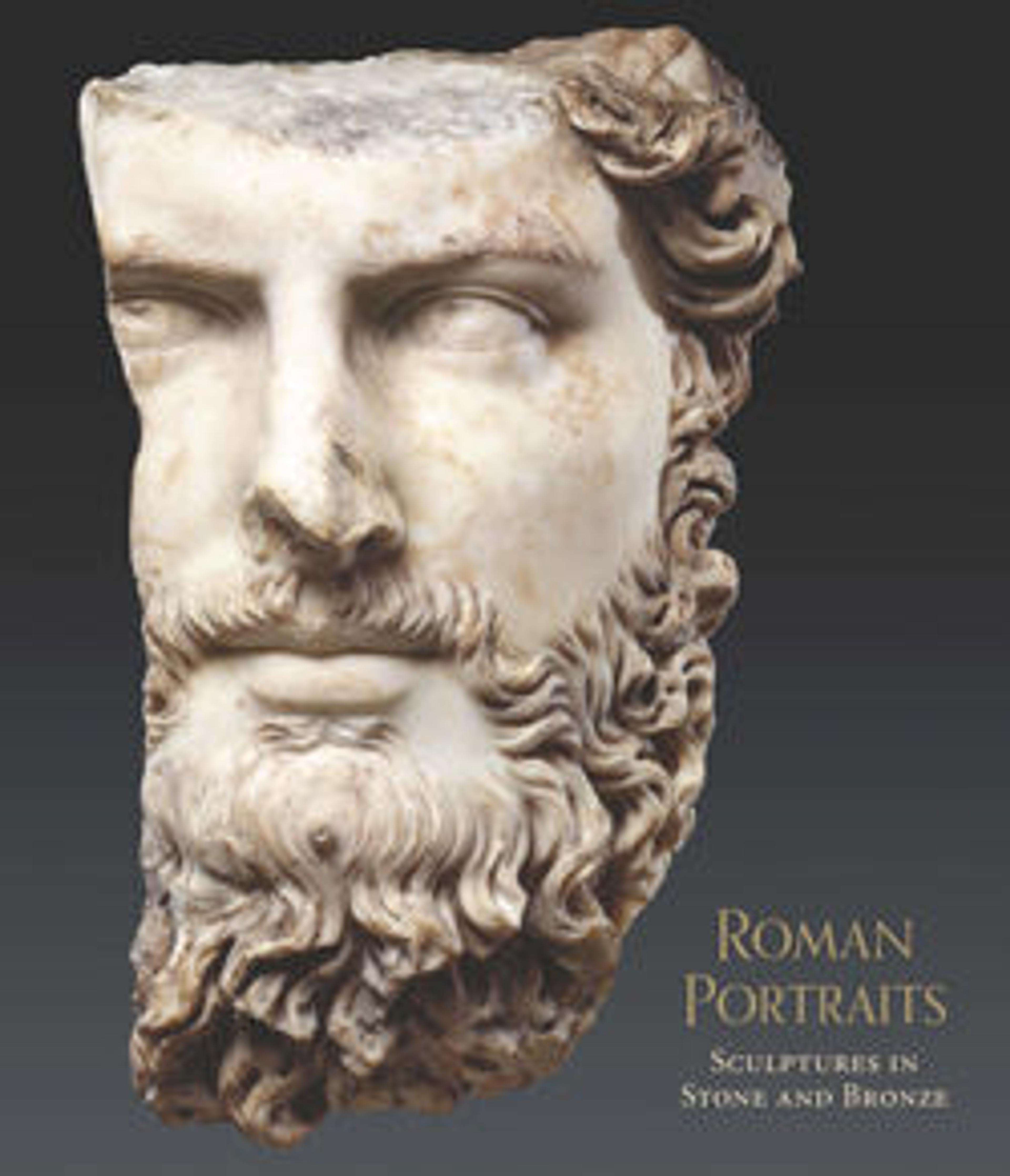Marble portrait of Marciana, sister of the emperor Trajan
During the last quarter of the first century A.D. and the early decades of the second century A.D., ever more complex hair arrangements were developed for the ladies of the imperial court. Hairpieces with added hair and concealed frameworks formed high diadem-like structures surrounding the face. One of the most elaborate constructions appears on the official portraits of Marciana, the elder sister of Trajan. The high polish and engraved eyes on this head suggest that it was carved during the Hadrianic period. The powerful women of Trajan’s family were much honored by his successor, Hadrian, who is said to have owed his throne to their influence. Marciana was the grandmother of Hadrian’s wife, Sabina.
Artwork Details
- Title:Marble portrait of Marciana, sister of the emperor Trajan
- Period:Hadrianic
- Date:ca. 130–138 CE
- Culture:Roman
- Medium:Marble
- Dimensions:H. 12 1/4 in. (31.1 cm)
- Classification:Stone Sculpture
- Credit Line:Rogers Fund, 1920
- Object Number:20.200
- Curatorial Department: Greek and Roman Art
More Artwork
Research Resources
The Met provides unparalleled resources for research and welcomes an international community of students and scholars. The Met's Open Access API is where creators and researchers can connect to the The Met collection. Open Access data and public domain images are available for unrestricted commercial and noncommercial use without permission or fee.
To request images under copyright and other restrictions, please use this Image Request form.
Feedback
We continue to research and examine historical and cultural context for objects in The Met collection. If you have comments or questions about this object record, please contact us using the form below. The Museum looks forward to receiving your comments.
